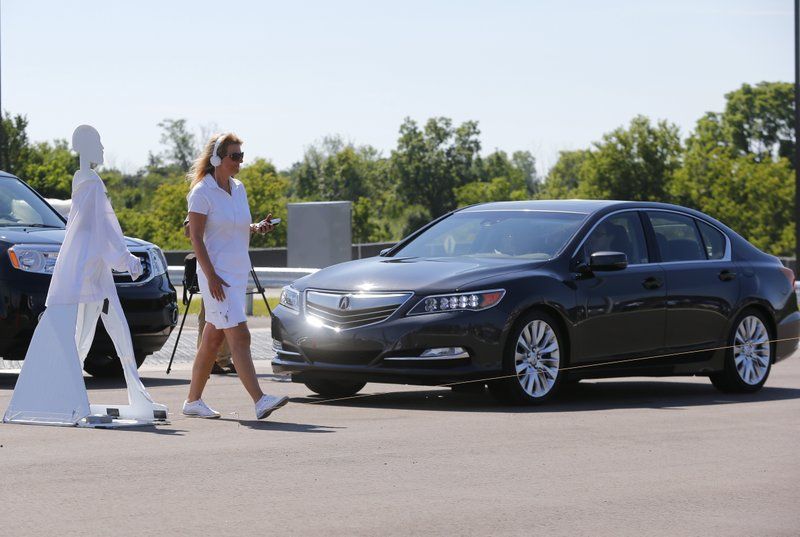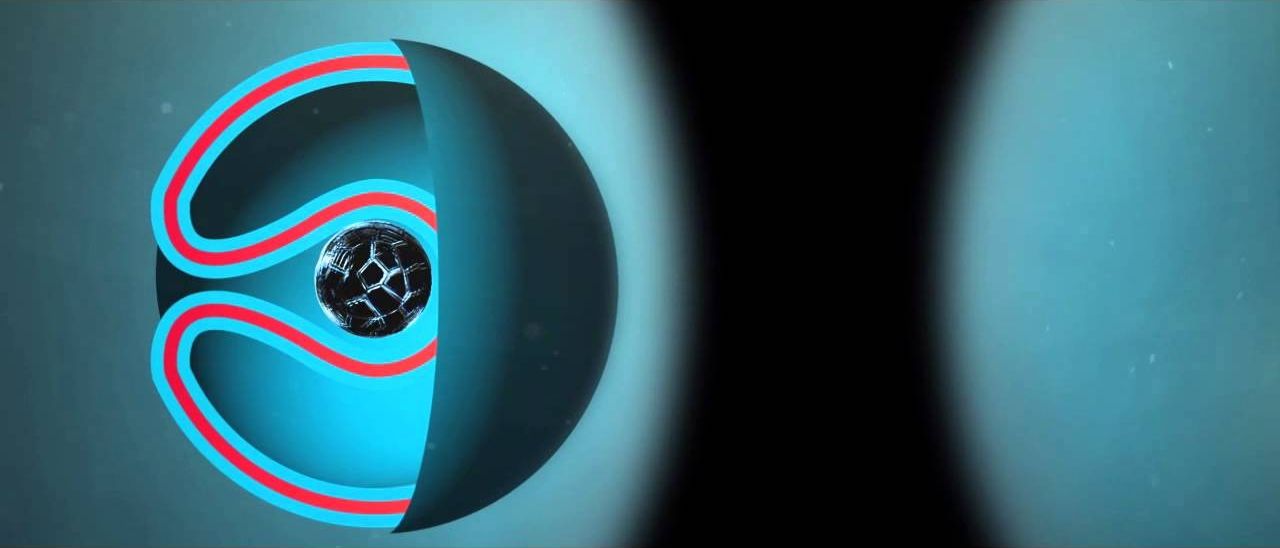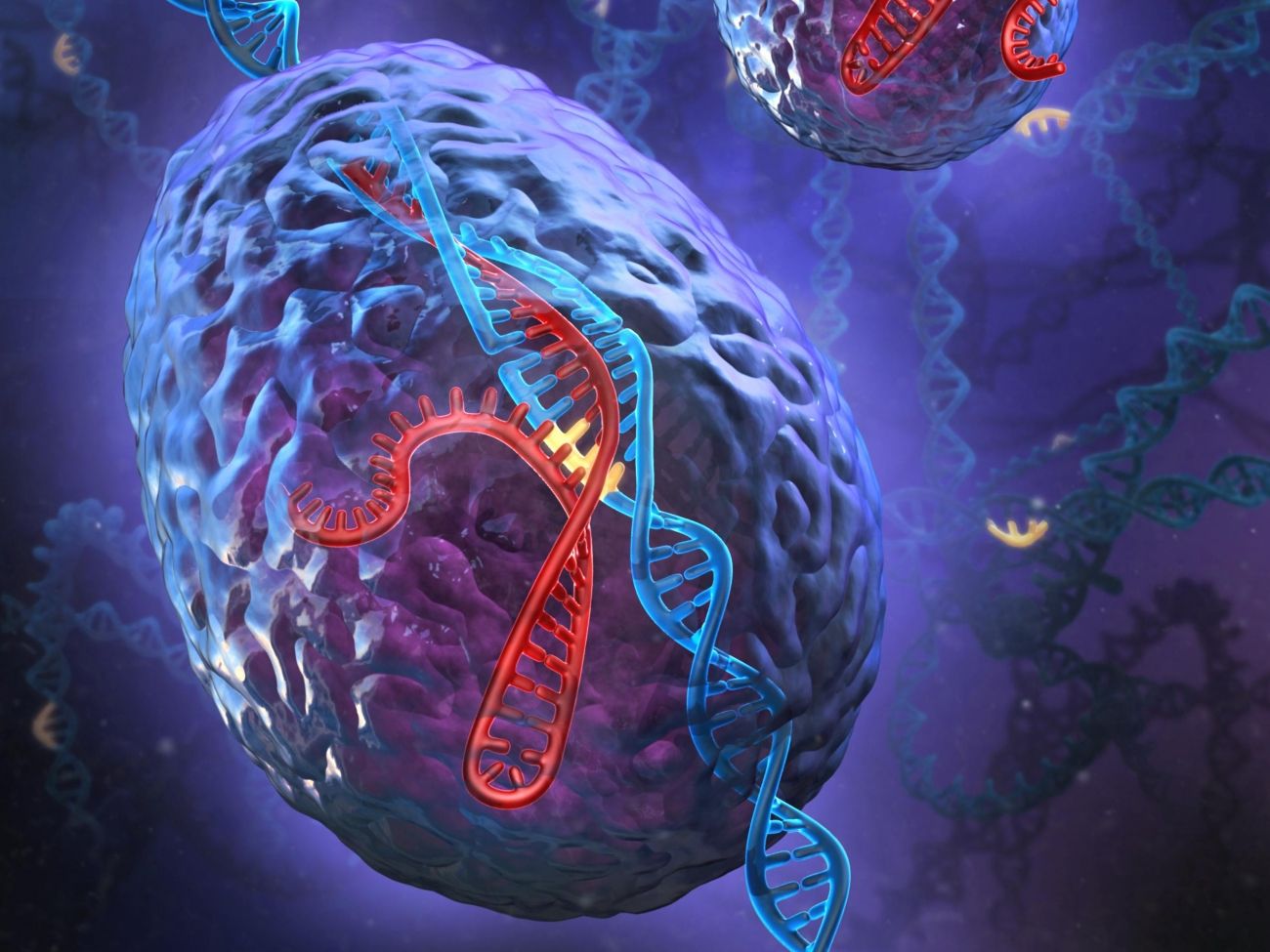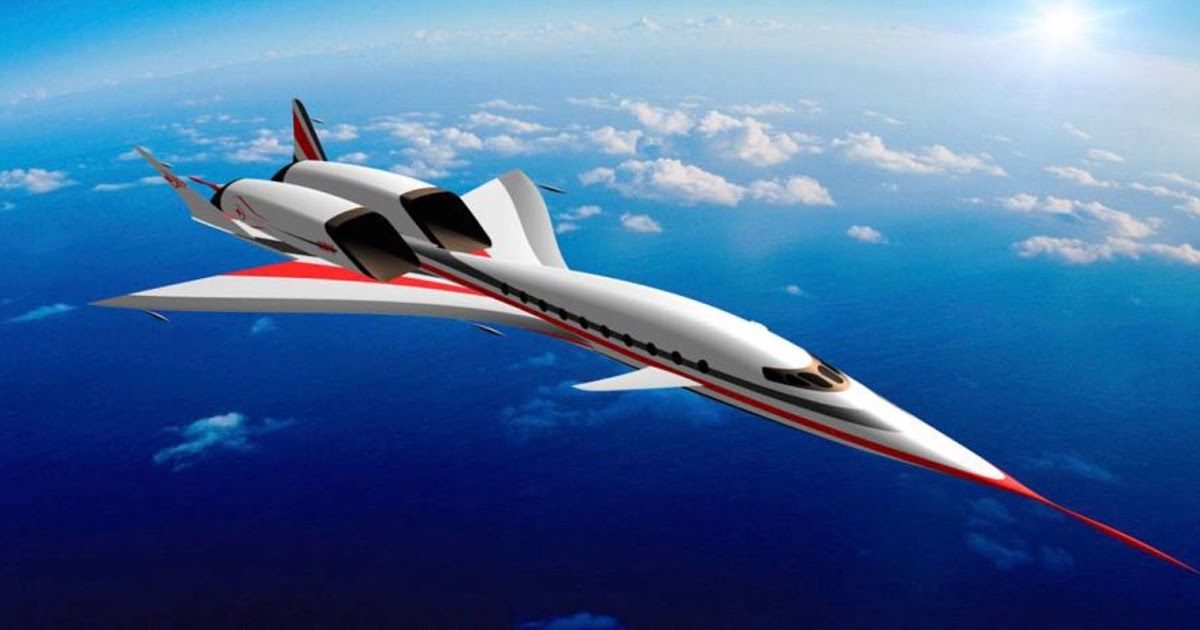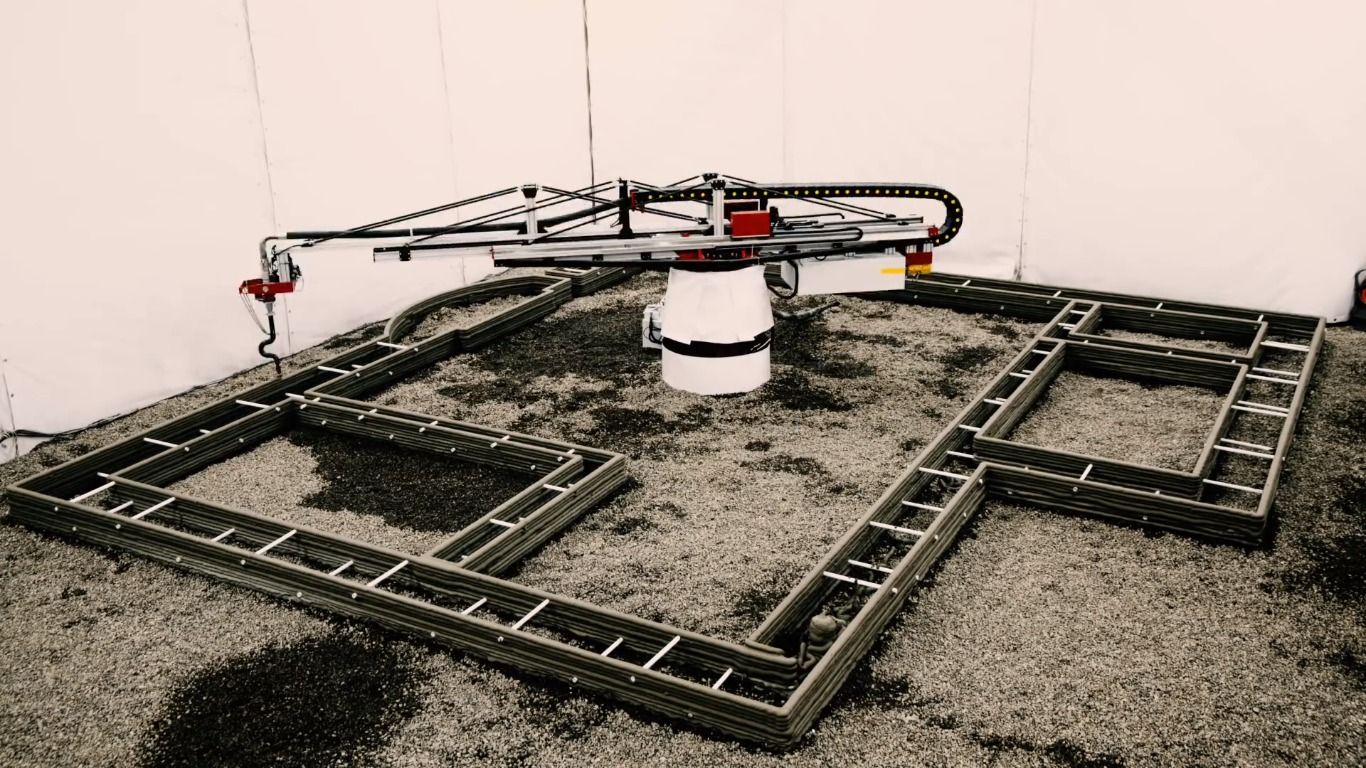Dec 13, 2016
The first-in-man clinical trial targeting Alzheimer’s Tau protein
Posted by Steve Hill in categories: biotech/medical, life extension, neuroscience
Progress with Alzheimers and this time approaching it from the direction of Tau as a target rather than Beta Amyloid. This therapy has been tested in people and whilst it is only the first step hopefully this will lead to an effective treatment for this horrific diseases and and end to the suffering it brings.
Progress towards immunotherapies that can clear tau for Alzheimers here. Most therapies are focused on misfolded amyloid-β proteins but this particular approach targets Tau and the first in human test has proceeded!
“The authors of the study have developed a vaccine that stimulates the production of an antibody that specifically targets pathological tau, discovering its “Achilles’ heel”. It is able to do this because healthy tau undergoes a series of changes to its structure forming a new region that the antibody attacks. This new region (the “Achilles’ heel”), while not present in healthy tau, is present in diseased tau early on. Therefore, the antibody tackles all the different varieties of pathological tau. In addition to this important specificity, the antibody is coupled to a carrier molecule that generates a considerable immune response with the added benefit that it is not present in humans, thus avoiding the development of an immune reaction towards the body itself.”
#aging #crowdfundthecure

